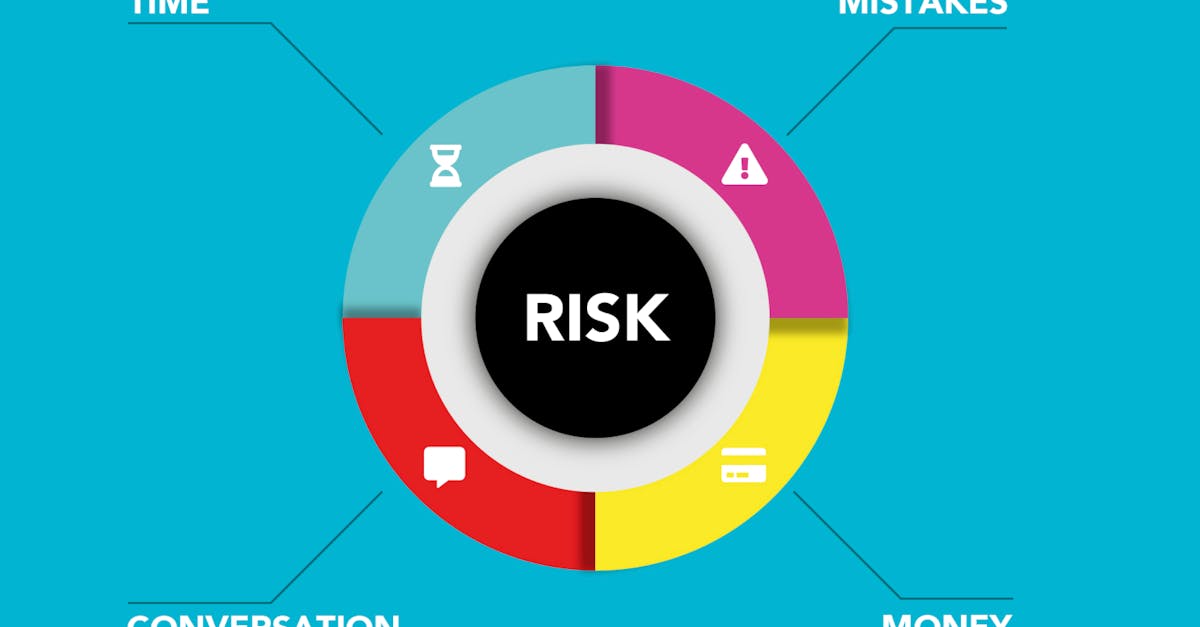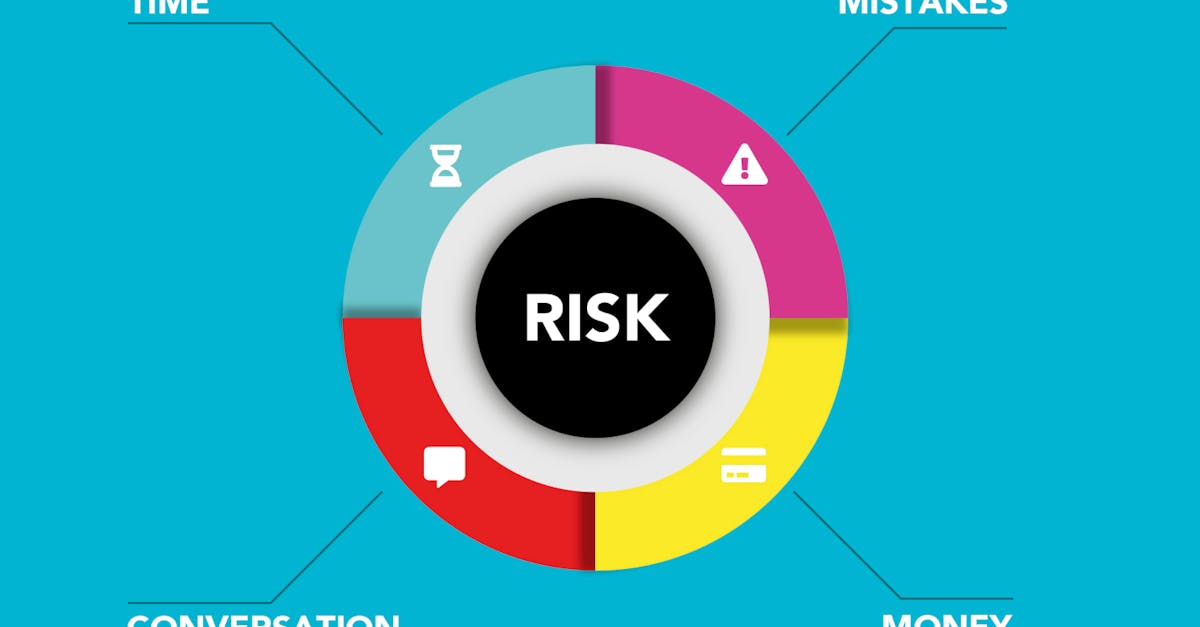Risk In 2025 Top Strategies For Businesses Navigating Uncertainty
Introduction
In the dynamic business world of 2025, uncertainty is not a challenge that can be overlooked; it's a formidable reality to be addressed. Disturbances ranging from global pandemics to economic fluctuations have accentuated the importance of effective risk management. As businesses become more interconnected, the risks multiply, necessitating more robust strategies to ensure stability and growth. Factors such as technological advancements, climate-related disruptions, and geopolitical tensions add layers to the complexity. Organizations that can successfully identify, assess, and mitigate risks stand a better chance of thriving in this volatile environment. This article delves into expert strategies that businesses should prioritize as they navigate the turbulent waters of risk in 2025.
Advertisement
Adaptive Risk Assessment
Traditional risk assessments often fall short in today’s rapidly changing environment. Adaptive risk assessment, however, presents a more flexible approach. By continuously evaluating both external and internal pressures, businesses can pinpoint potential threats early. This method involves regular reviews of operational processes and incorporating predictive analytics that forecast future risks. In 2025, businesses must shift from static models to dynamic, real-time systems that reflect changing circumstances. This shift ensures that organizations remain responsive to new risks and opportunities as they arise. The ability to adapt swiftly is crucial in maintaining competitive advantage and safeguarding assets.

Brett Jordan/Pexels
Advertisement
Leveraging Digital Transformation
The role of digital technologies in risk management cannot be overstated. By embracing digital transformation, businesses gain unmatched insights into risk via data analytics. Advanced technologies such as artificial intelligence (AI) and machine learning enable more sophisticated predictive models, helping organizations anticipate potential disruptions. Moreover, digital tools facilitate the automation of risk management processes, streamlining operations and reducing human error. In 2025, businesses should invest in digital infrastructure that enhances data collection and analysis, providing them with the agility needed to respond swiftly and effectively to emerging risks. A future-oriented digital strategy is indispensable in navigating business uncertainties.
Advertisement
Cultivating a Risk-Aware Culture
A successful risk management strategy transcends policy documents and is deeply ingrained within a company’s culture. Cultivating a risk-aware culture means empowering employees at every level to recognize and report potential risks. Training programs that educate staff about risk indicators and response protocols are invaluable. Furthermore, encouraging open communication fosters an environment where risks are identified and addressed collaboratively. In 2025, businesses with a proactive, risk-conscious workforce will be better equipped to adapt to challenges promptly. By making risk awareness a shared responsibility, organizations strengthen their resilience against unforeseen disruptions that could potentially derail operations.
Advertisement
Environmental and Social Governance as Risk Factors
Environmental and Social Governance (ESG) considerations have climbed the ranks of business priorities. Ignoring ESG risks can not only damage a company's reputation but also result in financial penalties and regulatory challenges. As consumers become more environmentally and socially conscious, businesses that fail to meet ESG standards may find themselves losing market share. In 2025, integrating ESG criteria into risk management protocols is non-negotiable. Leading companies are adopting sustainable practices and ethical governance to minimize ESG risks. Doing so not only helps in mitigating potential liabilities but also aligns the business with an evolving global ethos favoring sustainability and social responsibility.
Advertisement
Collaboration with Experts and Stakeholders
In a terrain fraught with uncertainties, collaborating with experts and stakeholders becomes indispensable. These partnerships enhance innovation and foster risk resilience by pooling diverse expertise and resources. Engaging with external advisors or tapping into industry networks provides fresh perspectives on emerging risks. Moreover, involving stakeholders, including suppliers and customers, in the risk management process strengthens the overall risk posture. Businesses in 2025 need to prioritize collaborative risk management strategies, leveraging collective intelligence to address multifaceted challenges effectively. Such alliances not only mitigate risks but also unlock new opportunities for innovation and growth.
Advertisement
Cyber Risk Management
The digital landscape in 2025 increased vulnerability to cyber threats. As businesses digitize their operations, vulnerabilities in IT infrastructure expose them to potential breaches. Comprehensive cybersecurity strategies are essential for protecting sensitive data and maintaining customer trust. This involves regular security audits, investment in state-of-the-art security technologies, and employee training to manage cyber threats effectively. With regulatory environments tightening, businesses that fail to prioritize cyber risk management could face significant financial penalties and reputational harm. A proactive, multilayered security approach is crucial to navigate cyber risks and ensure uninterrupted business operations.
Advertisement
Strategizing for Geopolitical Risks
In 2025, geopolitical risks are pivotal in shaping business strategies and decisions. Political tensions, trade wars, and regional instabilities can disrupt supply chains and affect economic stability. Businesses must develop strategies to insulate themselves from geopolitical shocks, such as diversifying supply chains and entering new markets. Keeping abreast of geopolitical trends and understanding their potential impact on operations is critical. By proactively engaging in scenario planning and stress testing, businesses can prepare for and effectively manage geopolitical uncertainties. A nimble approach to geopolitical risk enables organizations to stay operational and find opportunities in market shifts and changing regulatory landscapes.
Advertisement
Investing in Business Continuity Planning
Business continuity planning (BCP) transitions from a reactive measure to proactive necessity in 2025. Investing in comprehensive BCP ensures that businesses remain resilient during disruptions, safeguarding critical operations and assets. Effective BCP includes identifying essential functions, preparing backup systems, and establishing emergency communication channels. The integration of technology, such as remote working capabilities, bolsters the ability to withstand unexpected events. Businesses must prioritize robust continuity plans, ensuring they're tested and updated regularly in alignment with evolving risks. Exemplary business continuity strategies not only mitigate damage during crises but also fortify the company's reputation as a reliable and adaptable entity.
Advertisement
Conclusion
As the landscape of 2025 looms with uncertainty, businesses face an evolving array of risks that demand innovative and robust management strategies. The ability to navigate these effectively will determine their survival and success. Adaptive risk assessment, digital transformation, and cultivating a risk-aware culture are critical stepping stones for resilience. ESG considerations, collaboration, and cyber risk management must take center stage within strategic discussions. While geopolitical risks and business continuity plans require focused attention, a comprehensive approach encompassing all these areas is essential. By anticipating and preparing for potential challenges, businesses can transform obstacles into opportunities, emerging stronger and more competitive.
Advertisement








